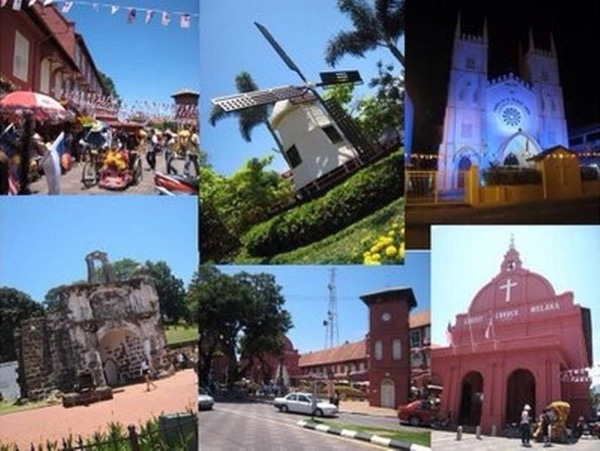Our best wishes to all Malaysians on our 60th. Merdeka Anniversary and National Day.
MELAKA: A village about 15km from the city is attracting interest as it is said to be the site of an old Japanese burial ground.
Elderly folk in Kampung Kelongkong, Tanjung Keling, recall that the area, which overlooks the Strait of Malacca, was “active” during the Japanese occupation of Malaya in the early 1940s.
Even some curious Japanese have been coming here to “dig” for information about the past.
A Japanese tourist who wished to be known only as Abe said he read that Tanjung Keling had once served as a hub for the Japanese navy.
“A small graveyard and wells are believed to be at the site.
“I saw photographs of the Japanese occupation in Malaya in a book, and Tanjung Keling was mentioned in it. But there was not much detail on the exact location,” said Abe, when met in a coffeeshop here.
The Star visited the site last week and interviewed several people there who recalled the Japanese occupation era.
Gan Boon Seng, 72, a Chinese Peranakan, said his late father served as a cook for high-ranking Japanese army officers based in Tanjung Keling.
“He told me that the Japanese navy used the area as a sort of control hub. I believe there is also a graveyard where the bodies of Japanese soldiers are buried,” he said.
Gan said he was informed that the Prisons Department was using the area for rehabilitation purposes. Villager Daud Omar, 71, said the site used to house a nursing college before the Prisons Department took over.
“Most of us are scared to go there after dark as we believe it is haunted,” he said.
Omar said his late father told him that the Japanese army had also buried some relics at the site after their defeat in 1945.
“My father worked with the Japanese and was one of those who had the privilege of eating rice, instead of tapioca,” he said.
Melaka Museum Authority manager Datuk Khamis Abas said the body was willing to work with historians and the Institute of Historical and Patriotism Studies of Malaysia to find out details about the area’s past.
“There are several spots in Malacca with Japanese involvement. On Tanjung Keling, we have yet to ascertain anything. My men will be interviewing the local people,” he added.
The only known Japanese cemetery is in Bukit Baru, which was discovered in 1969 by a villager.
Details engraved on tombstones reveal that the site has existed since 1910.
Little was known about the early Japanese community in Melaka until the small cemetery was discovered.




